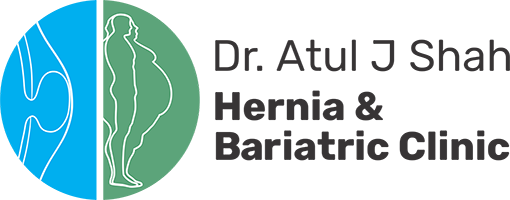
After receiving a hernia diagnosis, many patients look for non-invasive treatment options. The Hernia Belt is something they encounter on their journey.
When a patient has a hernia, which is an opening in the abdominal wall through which the intestines protrude, the condition worsens with each cough or strain. Worn around the groin, a hernia truss or belt sometimes features heavy cushioning or even metal in the front.
What is the hernia belt?
A hernia belt is a supportive garment designed to provide gentle pressure and hold a hernia in place, reducing discomfort and preventing it from worsening. It is often used as a temporary solution before surgery or for those not suitable for surgery.
What are the Hernia belt uses?
A hernia belt is used to provide support and relief for individuals with hernias, especially in the abdominal or groin area. It helps reduce discomfort, prevents the hernia from bulging out, and allows patients to carry out daily activities with ease until surgery or further medical treatment is recommended.
How Does a Hernia Belt Work?
When a hernia is pushed inside, the padded or thick metal portion of the belt acts as a stopper on the hole of the hernia, keeping the hernia inside and preventing it from popping out when the patient strains or coughs. This is the basic mechanism by which a truss operates. According to this plan, the truss was built. Its popularity peaked at one point.
We realised that this might not be as practical as we initially believed as time went on. The mechanism may seem straightforward, but it actually has the potential to create more problems than it solves.
Related post: Is Hernia Surgery Painful? A Surgeon’s Perspective on What to Expect
Why Is a Hernia Truss Not Something You Should Think About?
You shouldn’t get a hernia truss for a number of reasons.
Before the truss is applied, the patient must take great care to guarantee that the intestine that has emerged from the hernia has fully returned to the abdomen. What may occur if the hernia remains unreduced after a tight application of the truss? The partially expelled intestine runs the risk of being damaged by being squeezed between the abdominal muscles and the truss.
Secondly, prolonged use of restrictive garments around the groin can reduce blood flow to that region. The muscle may begin to atrophy and weaken as a result of the repetitive strain. Therefore, the hernia can worsen if the truss weakens the already-weak muscle.
You can also read: What Happens After Hernia Surgery?
Is a Hernia Belt Necessary to Avoid Surgical Repair?
Trusses are no longer recommended for hernia patients. For the simple reason that hernias are highly curable with surgery. It is important to remember a few things before attempting to use a truss. A hernia truss is a short-term fix.
The truss can be used to retain the hernia inside until surgery can be scheduled if the patient is unable to undergo the procedure right away, but the hernia is still causing persistent pain or trouble. They ought to be aware of how to properly install a truss. In most cases, the patient is instructed to lie down before the truss is applied. This position allows the hernia to return to the abdominal cavity. Once the truss is tightened, the patient is then allowed to get up.
These are the most important considerations to make whenever a truss is being considered. You can’t avoid surgery by using a truss. Repairing hernias surgically is the exclusive option for treatment. When surgery is not an immediate option, a truss bridge will have to do.
Also Read: What Size Hernia Needs Surgery & When?
Post-Op Hernia Belt – Abdominal Support
Additionally, we recommend that patients use a product called a hernia belt. This is typically recommended after a hernia procedure. We advise a different kind of belt called an abdominal binder for patients who have had major abdominal surgery, particularly for those with hernias in the abdominal wall, such as ventral or incisional hernias, or who have undergone hernia surgery.
In the days following a major operation, patients often find relief from the pain and discomfort associated with their stomachs by wearing this wide elastic belt. The patient requires pain relief at the beginning while the stitches are still fresh and the scar is still healing. When needed, these binders are invaluable.
Conclusion
While hernia trusses and belts aren’t helpful before surgery, a different kind of belt called an abdominal binder is great for people healing from abdominal or ventral hernia surgeries.




